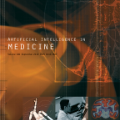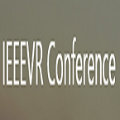This study compares user behavior between real and virtual supermarket shelves using eye tracking technology to assess behavior in both environments. A sample of 29 participants was randomly assigned to two conditions: a real world supermarket shelf with Tobii eye tracking and a virtual shelf using the Meta Quest Pro eye tracker. In both scenarios, participants were asked to select three packs of cereals belonging to specific categories, healthy or tasty. The aim was to explore whether virtual environments could realistically replicate real world experiences, particularly regarding consumer behavior. By analyzing eye tracking data, the study examined how attention and product selection strategies varied between real and virtual conditions. Results showed that participants' attention differed across product types and shopping environments. Consumers focused more on lower shelves in real settings, especially when looking for healthy products. In VR, attention shifted to eye level shelves, particularly for tasty items, aligning with optimal product placement strategies in supermarkets. Overall, sweet products received less visual attention across both settings.
翻译:暂无翻译




